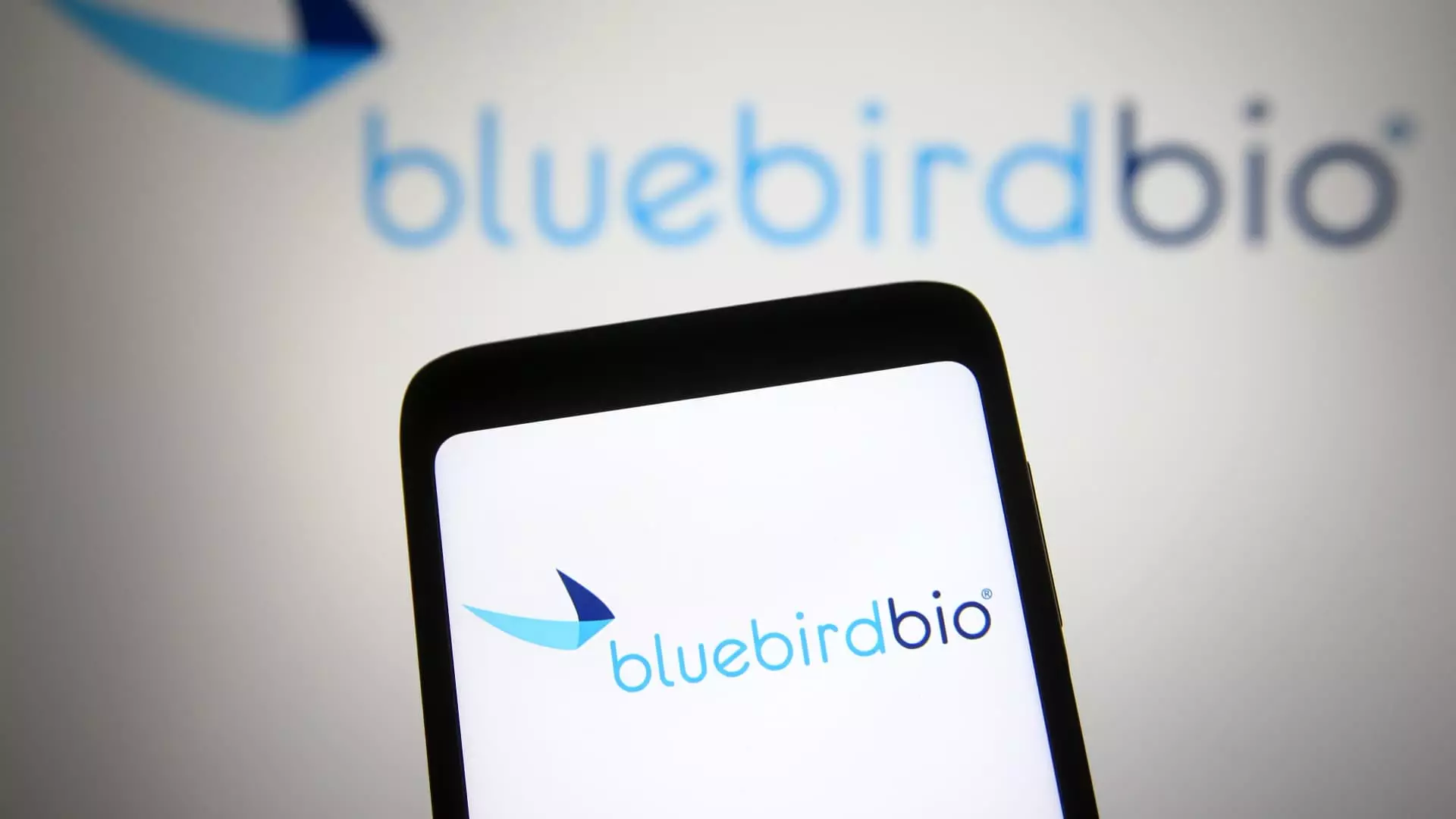The biotechnology sector is often hailed for its innovative spirit and potential to alter the landscape of healthcare. However, the story of Bluebird Bio provides a sobering reminder of the volatility within this industry. Once positioned as a pioneering entity promising groundbreaking gene therapies, Bluebird has now found itself on the path to being acquired by private equity firms Carlyle and SK Capital for a meager $30 million—a staggering contrast to its once lofty valuations. This article delves into the key factors that led to this downfall, the implications of its sale, and broader lessons for the biotechnology field.
Bluebird Bio, initially celebrated for its cutting-edge innovations in gene therapy, carved a niche in treating genetic disorders. In its heyday, the company’s market capitalization soared to about $9 billion, as investors were drawn in by the allure of potential cures for devastating ailments like sickle cell disease and beta thalassemia. However, the company’s trajectory shifted dramatically after several scientific and commercial setbacks. A landmark moment came in 2018 when it was reported that a patient treated with Bluebird’s gene therapy developed cancer. Although the company maintained that its therapy did not lead to this outcome, the incident catalyzed significant concerns regarding the safety of gene-altering treatments.
In the following years, Bluebird’s efforts to penetrate the European market faltered spectacularly. The company launched Zynteglo, a gene therapy for beta thalassemia, at a staggering price of $1.8 million per patient. This exorbitant pricing not only alienated healthcare payers but also led to the eventual withdrawal of Zynteglo from the European market just two years following its approval. These missteps culminated in a dire financial scenario, effectively catapulting Bluebird from an industry darling to a company teetering on the brink of insolvency.
The sale to Carlyle and SK Capital marks a pivotal and disheartening chapter for shareholders, who will receive $3 per share, with contingent payouts based on future sales of Bluebird’s gene therapies. This payout structure indicates a precarious future—investors are now grasping at straws to regain value as they watch the stock price plummet from a closing value of $7.04 to a staggering 40% decline post-announcement. Coupled with the fact that Bluebird’s market cap had dropped to under $41 million, the situation paints a bleak picture for those who had faith in the company’s promise.
Additionally, Bluebird’s financial troubles were exacerbated by its high expenditure—hundreds of millions of dollars annually without an adequate revenue stream. The strategic separation of its cancer projects into a new company, 2Seventy Bio, removed another revenue source, adding to the company’s financial woes. As the clock ticks down on the remaining cash reserves to fund operations, this transaction may offer a lifeline, albeit a disheartening one for many who once viewed Bluebird as a beacon of hope in gene therapy.
Bluebird’s demise prompts larger questions within the biotechnology landscape regarding the viability of one-time treatments for rare diseases. The story resonates beyond Bluebird; other companies in the gene therapy market are encountering analogous challenges. For instance, Vertex’s gene therapy for sickle cell disease and Pfizer’s recent decision to halt the sale of a hemophilia gene therapy indicate a growing trend of disillusionment in this sector.
The industry’s aspirational promise of transformative medical treatment faces hard realities about market dynamics, regulatory challenges, and the complexities involved in translating groundbreaking science into sustainable business models. As Bluebird Bio teaches us, the path from innovation to profitability is fraught with obstacles, and not all that glitters in biotechnology is gold.
Bluebird Bio’s journey from a cutting-edge biotech firm to a company struggling for survival serves as a cautionary tale that underscores the unpredictable nature of the life sciences sector. While the potential for disruption through gene therapies remains significant, Bluebird’s experience highlights the fact that scientific innovation must be paired with sound business strategies and realistic market expectations. As the biotechnology landscape continues to evolve, stakeholders must learn from Bluebird’s experiences—not just to celebrate successes but to confront the challenges that can lead to spectacular falls from grace.

Leave a Reply